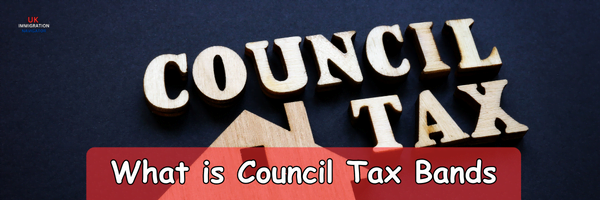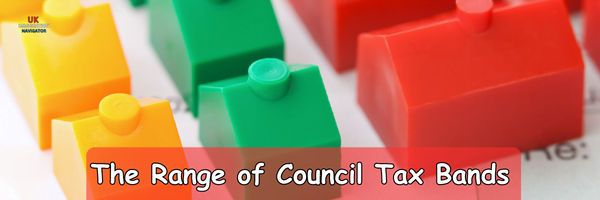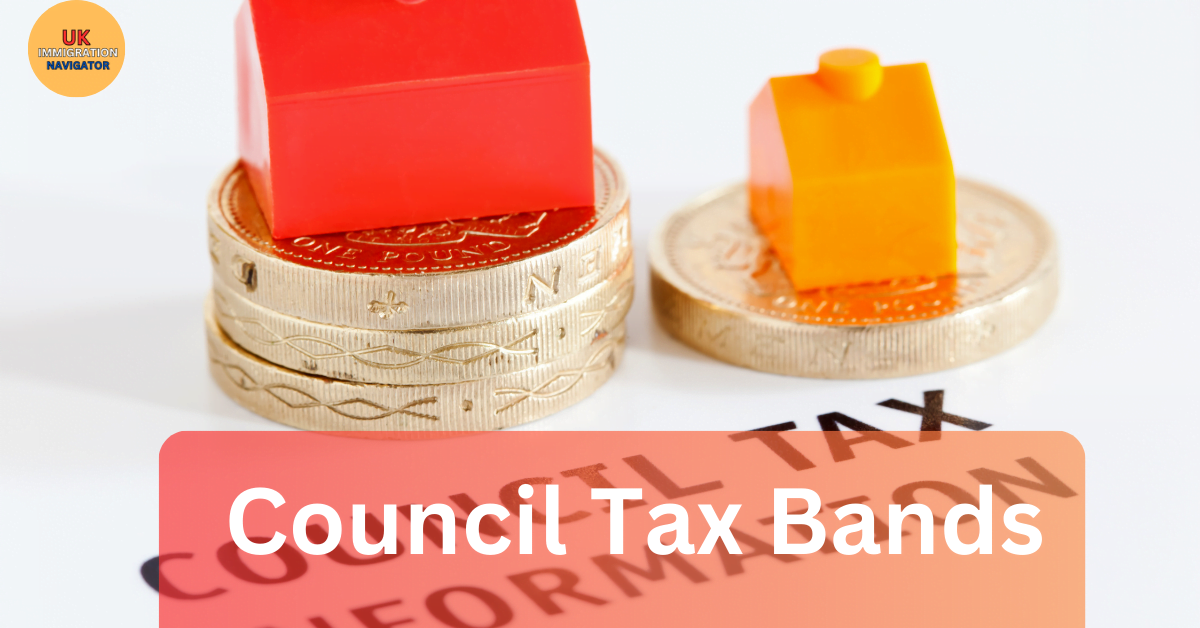Introduction
Council tax bands are an essential part of local government revenue that funds various services, such as waste collection, police, fire services, and more. Understanding council tax bands is crucial for property owners and tenants alike, as it directly impacts how much you pay in taxes. In this article, we will delve into the details of council tax bands, how they work, and their significance in determining your property taxes.
Table of Contents
What is Council Tax?

Council tax is a tax imposed on residential properties in the United Kingdom. It is collected by local authorities and used to fund public services and amenities in the area. The amount of council tax you pay is influenced by several factors, with council tax bands being one of the primary determinants.
How Council Tax Bands Work
Council tax bands categorize properties into different valuation bands, ranging from A to H, based on their market value as of April 1, 1991 (in Wales, it’s based on April 1, 2003 values). Band A represents the lowest-valued properties, while band H includes the highest-valued ones. Each band corresponds to a specific tax rate, and the higher the band, the more council tax you pay.
The official website for UK Council Tax is www.counciltax.gov.uk.
The Importance of Council Tax Bands
Council tax bands play a crucial role in ensuring a fair distribution of the tax burden among properties. The banding system takes into account the value of the property, making it a progressive tax – properties with higher values pay higher taxes. This system helps in funding local services while considering the financial capabilities of property owners.
RELATED POST:
CHEAPEST PLACE TO BUY HOUSE IN UK 2023
How Council Tax Bands Are Determined
The Valuation Office Agency (VOA) is responsible for determining the council tax bands of properties. They use various data, including property sales and rental information, to assess the market value of each property as of the relevant valuation date. This process ensures that properties are accurately placed in the appropriate band.
The Range of Council Tax Bands

As mentioned earlier, council tax bands range from A to H. Each band represents a distinct range of property values. For example, band A usually includes properties with the lowest values, such as small flats, while band H consists of properties with the highest values, such as large, luxurious houses.
Council Tax is a system used to fund local government services, and it is based on the valuation band of a property. The valuation bands for Council Tax in England are as follows:
- Band A: £763.75
- Band B: £891.04
- Band C: £1018.34
- Band D: £1,145.63
- Band E: £1,400.22
- Band F: £1,654.80
- Band G: £1,909.38
- Band H: £2,291.26
Impact on Property Taxes
The council tax band assigned to your property directly affects the amount of council tax you pay. The higher your property’s band, the more you’ll pay in taxes. For instance, if your property falls under band H, you’ll pay more than someone whose property falls under band A.
Factors Influencing Council Tax Banding
Several factors influence the banding of a property. Some key determinants include the property’s size, location, and market value. Renovations and improvements can also impact the banding. Understanding these factors can help property owners estimate their council tax liability.
Appeals and Reassessments
If you believe that your property has been placed in the wrong council tax band, you can appeal to the VOA. They will review the property’s valuation and, if necessary, reassign it to the appropriate band. However, it’s essential to provide valid evidence to support your appeal.
How to Determine Your Property’s Council Tax Band
You can find your property’s council tax band on your council tax bill. Alternatively, you can visit your local authority’s website or the VOA’s online database to look up your property’s banding.
Council Tax Exemptions and Discounts
Some properties may be eligible for council tax exemptions or discounts. For instance, certain properties occupied by students or individuals with severe disabilities may qualify for exemptions. Additionally, single-person households and properties undergoing major renovations may be eligible for discounts.
Comparing Council Tax Bands Across Areas
Council tax bands can vary between different local authorities. It’s essential to compare council tax rates when considering a property in a specific area. Moving to a higher band area could significantly impact your tax liability.
Future Changes and Considerations
The government may periodically review council tax bands and make adjustments to ensure they reflect current property values accurately. Property owners should stay informed about potential changes that could affect their tax obligations.
How to Reduce Council Tax Payments

There are legitimate ways to reduce council tax payments. For example, energy-efficient homes may receive discounts, and certain properties may be eligible for discounts due to their environmental impact. Additionally, exploring available exemptions can help lower the overall tax liability.
Conclusion
Council tax bands are a fundamental part of the UK’s local taxation system. Understanding how they work and how they impact your property taxes is essential for every property owner. By being aware of your property’s banding and exploring potential discounts or exemptions, you can optimize your council tax payments.

1 thought on “Council Tax Bands in 2023”